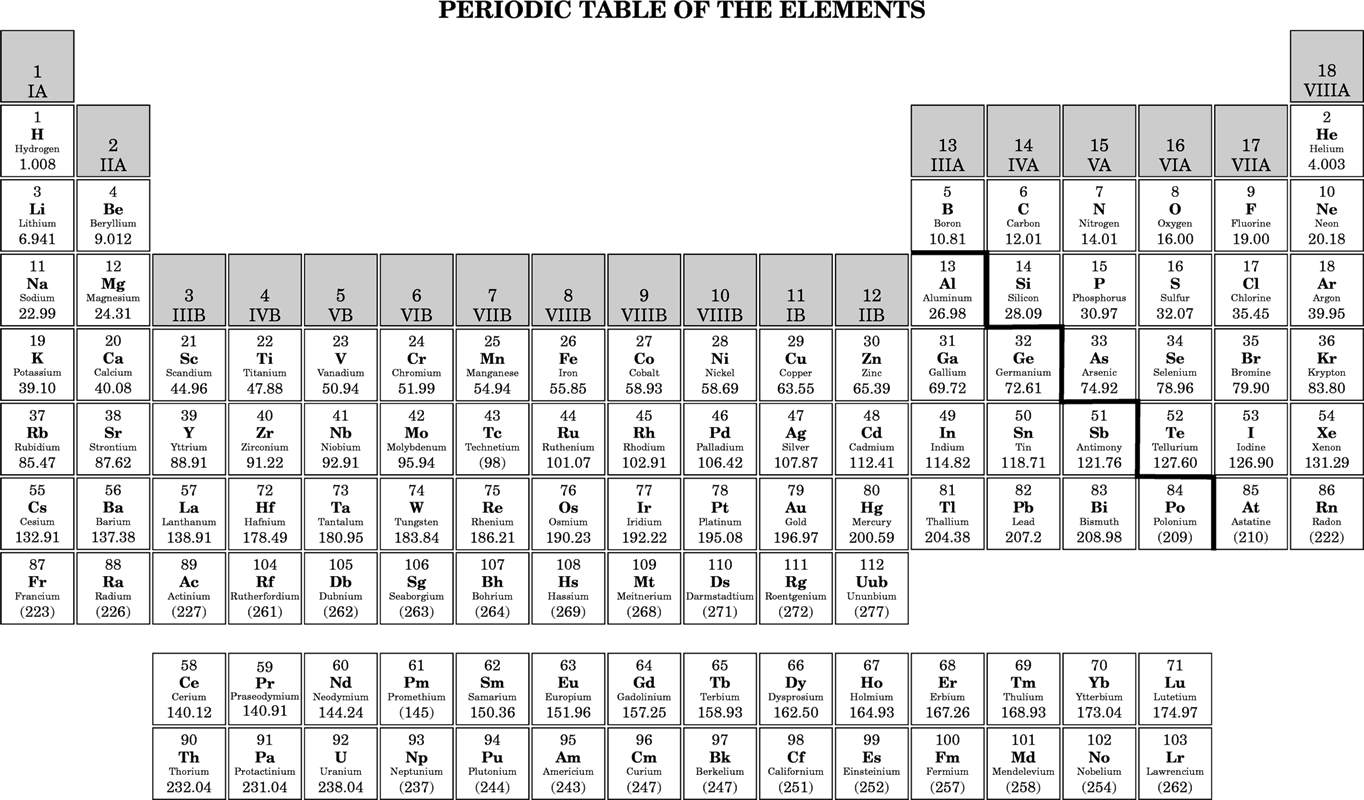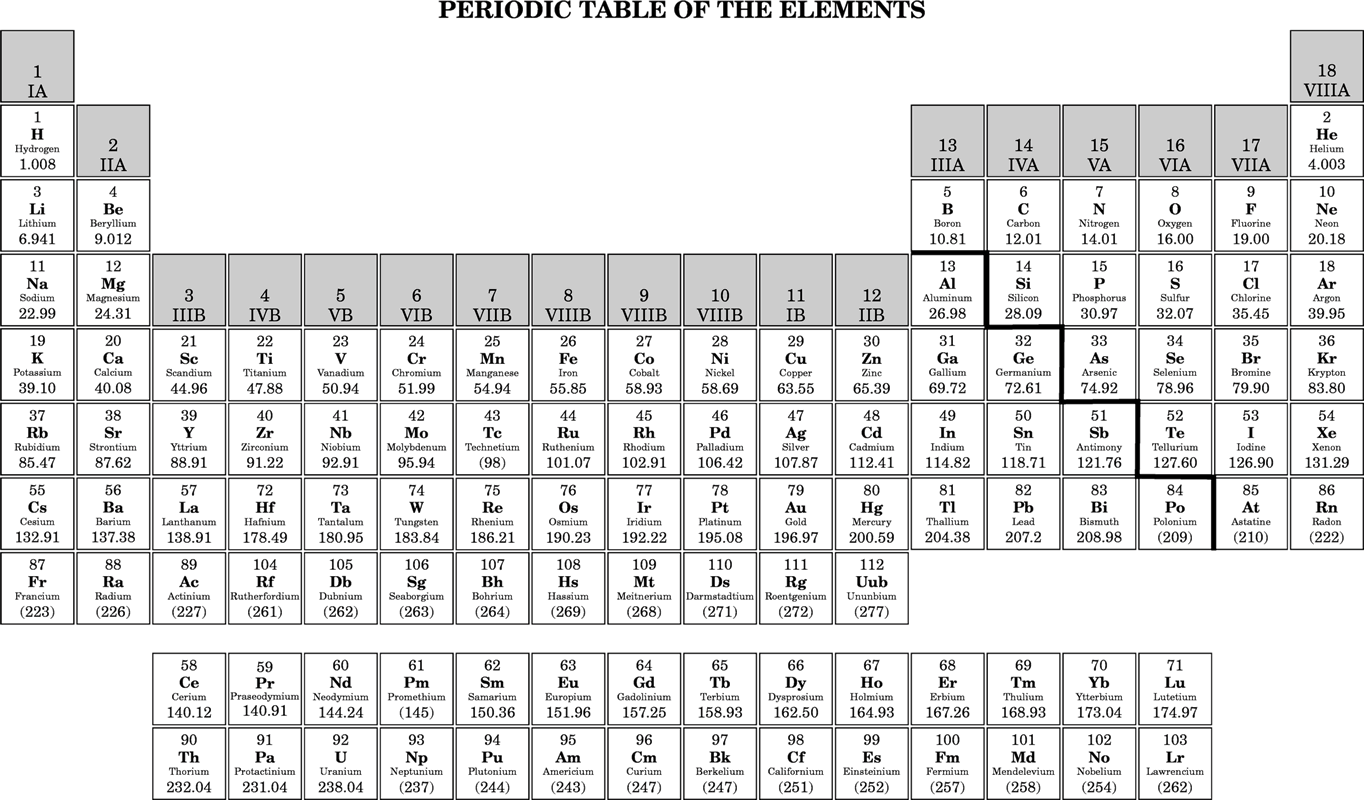An 8th Grade Science EOG Review Test

With the 9th grade lurking at the corner, it is more important to ensure you pass the grade exam and progress with your classmates. Have you prepared adequately for the science exam that is coming up? This 8th Grade Science EOG Review Test below will help you get the idea of what to expect. Give it a try!
- 1.
Which event will lead to the greatest reduction of dissolved oxygen in a lake?
- A.
Decreased number of fish in the lake
- B.
Increased nutrients and algal blooms
- C.
Increased number of fish in the lake
- D.
Decreased number of plants surrounding the lake
Correct Answer
B. Increased nutrients and algal bloomsExplanation
Increased nutrients and algal blooms can lead to the greatest reduction of dissolved oxygen in a lake. When there is an excess of nutrients, such as nitrogen and phosphorus, in the water, it promotes the growth of algae. As the algae population increases, they consume more oxygen during their respiration process, depleting the dissolved oxygen levels in the water. This can lead to a condition called eutrophication, where oxygen levels become critically low, causing harm to aquatic organisms and potentially leading to a dead zone in the lake.Rate this question:
-
- 2.
Which may result from increased recreational water activities on a lake?
- A.
The turbidity of the lake may decrease
- B.
The number of fish and other aquatic life may increase.
- C.
The water quality of the lake may decrease.
- D.
The amount of dissolved oxygen in the lake may increase.
Correct Answer
C. The water quality of the lake may decrease.Explanation
Increased recreational water activities on a lake can result in a decrease in water quality. This is because these activities can introduce pollutants such as sunscreen, oil, and chemicals from boats, and waste from swimmers into the water. These pollutants can lead to increased nutrient levels, algal blooms, and decreased oxygen levels, which can negatively impact the overall water quality.Rate this question:
-
- 3.
Which would most greatly affect the health of fish in a local pond?
- A.
The daily release of hot water into the pond from a local factory.
- B.
A hurricane temporarily stirring up water and sediments in the pond.
- C.
The occasional release of sediments into the pond from a nearby field.
- D.
A small increase in the number of fishers who use the pond for food.
Correct Answer
A. The daily release of hot water into the pond from a local factory.Explanation
The daily release of hot water into the pond from a local factory would most greatly affect the health of fish in the pond. Hot water can decrease the oxygen levels in the water, making it difficult for fish to breathe. It can also increase the temperature of the water, which can be stressful for fish and disrupt their natural behavior and reproductive cycles. Additionally, hot water can alter the chemical composition of the water, potentially introducing pollutants or harmful substances that can be toxic to fish. This continuous release of hot water can have long-term detrimental effects on the overall health and survival of fish in the pond.Rate this question:
-
- 4.
A scientist chemically combines 25 grams of hydrogen with 50 grams of oxygen to form water. After the chemical reaction is complete, there are only 72 grams of water. Which best explains why the total mass is reduced?
- A.
Some of the water evaporated.
- B.
Oxygen has less mass when it is combined in a compound.
- C.
When water combines, some of the mass is changed into heat.
- D.
Hydrogen has less mass when it is combined in a compound.
Correct Answer
A. Some of the water evaporated.Explanation
When water evaporates, it changes from a liquid state to a gaseous state. During this process, some of the water molecules escape into the atmosphere, resulting in a loss of mass. Therefore, the reduction in total mass can be explained by the evaporation of some of the water.Rate this question:
-
- 5.
A rock sample has 25% of its original radioactive element and the half-life of the element is 1 million years. How old is the sample?
- A.
500,000 years old
- B.
1 million years old
- C.
2 million years old
- D.
3 million years old
Correct Answer
C. 2 million years oldExplanation
The half-life of a radioactive element is the amount of time it takes for half of the original amount of the element to decay. In this case, the rock sample has 25% of its original radioactive element, which means that three half-lives have passed (since each half-life reduces the amount by half). If the half-life of the element is 1 million years, then three half-lives would equal 3 million years. Therefore, the sample is 3 million years old.Rate this question:
-
- 6.
In what type of rock is an index fossil most likely to be found?
- A.
Sedimentary
- B.
Igneous
- C.
Metamorphic
- D.
Volcanic
Correct Answer
A. SedimentaryExplanation
Index fossils are typically found in sedimentary rocks. Sedimentary rocks are formed from layers of sediment that accumulate over time, such as sand, mud, or organic material. Index fossils are useful for dating and correlating rock layers because they are easily recognizable and widespread, indicating a specific time period in Earth's history. These fossils are typically found in sedimentary rocks because they are formed in environments where the conditions for fossil preservation are favorable, such as in lakes, rivers, or oceans where sediment deposition occurs. Igneous and metamorphic rocks are formed from molten material or by the alteration of existing rocks, respectively, and are less likely to contain index fossils. Volcanic rocks are a type of igneous rock formed from volcanic activity and are also less likely to contain index fossils.Rate this question:
-
- 7.
Which animal cell organelle uses oxygen to release the energy stored in glucose?
- A.
Mitochondrion
- B.
Golgi Apparatus
- C.
Endoplasmic reticulum
- D.
Ribosome
Correct Answer
A. MitochondrionExplanation
The mitochondrion is the correct answer because it is the organelle responsible for cellular respiration, which is the process that uses oxygen to release energy from glucose. This organelle is often referred to as the "powerhouse" of the cell because it produces ATP, the main energy currency of the cell, through aerobic respiration. The Golgi Apparatus, endoplasmic reticulum, and ribosomes are not directly involved in this process and do not use oxygen to release energy from glucose.Rate this question:
-
- 8.
Which is the relationship between flagella and cilia in animal cells?
- A.
They are both structures used in reproduction.
- B.
They are both structures used in digestion.
- C.
They are both structures used in circulation.
- D.
They are both structures used in movement.
Correct Answer
D. They are both structures used in movement.Explanation
Flagella and cilia are both structures used in movement. Flagella are long, whip-like structures that extend from the cell and help in cell locomotion. Cilia, on the other hand, are shorter and more numerous hair-like structures that also aid in cell movement. Both flagella and cilia have a similar structure and function, allowing cells to move through fluid environments or move fluids across the cell surface.Rate this question:
-
- 9.
Which can be easily determined by studying the periodic table of elements?
- A.
Carbon (C) is a gas.
- B.
Radon (Rn) is a metal.
- C.
Fluorine (F) is a liquid.
- D.
Francium (Fr) is a metal.
Correct Answer
D. Francium (Fr) is a metal.Explanation
Francium (Fr) can be easily determined as a metal by studying the periodic table of elements. The periodic table provides information about the properties and characteristics of each element, including whether it is a metal, nonmetal, or metalloid. Francium is located in the alkali metal group, which is known to consist of metals. Therefore, based on its position in the periodic table, Francium can be identified as a metal.Rate this question:
-
- 10.
Which best describes elements that have similar chemical properties?
- A.
In a row
- B.
In a line
- C.
In a group
- D.
In a period
Correct Answer
C. In a groupExplanation
Elements that have similar chemical properties are found in a group. In the periodic table, elements in the same group have the same number of valence electrons, which determines their chemical behavior. These elements tend to have similar reactivity and form similar types of compounds. Therefore, "in a group" is the best description for elements with similar chemical properties.Rate this question:
-
- 11.
How can the element Carbon (C) be classified?
- A.
A transition metal
- B.
A nonmetal
- C.
A metalloid
- D.
Metal
Correct Answer
B. A nonmetalExplanation
Carbon (C) can be classified as a nonmetal because it does not possess the characteristic properties of metals. Nonmetals generally have low melting and boiling points, are poor conductors of heat and electricity, and tend to gain electrons in chemical reactions. Carbon fits these criteria as it has a low boiling point, does not conduct electricity well, and commonly forms covalent bonds by sharing electrons rather than losing or gaining them.Rate this question:
-
- 12.
How are elements organized in the periodic table?
- A.
By increasing atomic mass
- B.
By decreasing atomic mass
- C.
By increasing atomic number
- D.
By decreasing atomic number
Correct Answer
C. By increasing atomic numberExplanation
Elements are organized in the periodic table by increasing atomic number. This means that elements are arranged in order of the number of protons in their atomic nucleus, from lowest to highest. This arrangement allows for a systematic organization of elements based on their properties and helps to identify trends and patterns in the periodic table.Rate this question:
-
- 13.
Which group has the most reactive metals?
- A.
Group 1
- B.
Group 18
- C.
Group 4
- D.
Group 13
Correct Answer
A. Group 1Explanation
Group 1 elements, also known as alkali metals, have the most reactive metals. This is because they have only one electron in their outermost shell, which they readily donate to achieve a stable electron configuration. This electron donation makes them highly reactive, especially with water and oxygen. Group 18 elements, also known as noble gases, are the least reactive as they have a full outermost shell and are already stable. Group 4 and Group 13 elements are less reactive compared to Group 1 but more reactive than Group 18.Rate this question:
-
Quiz Review Timeline +
Our quizzes are rigorously reviewed, monitored and continuously updated by our expert board to maintain accuracy, relevance, and timeliness.
-
Current Version
-
Mar 22, 2023Quiz Edited by
ProProfs Editorial Team -
May 15, 2010Quiz Created by
Mrmorrow







